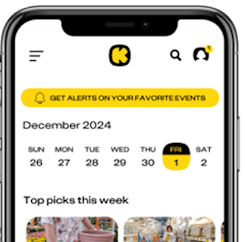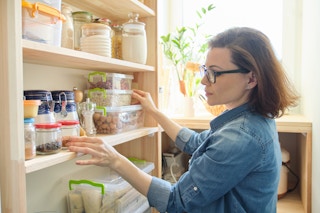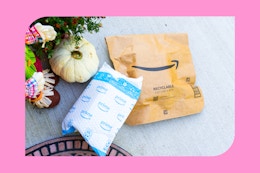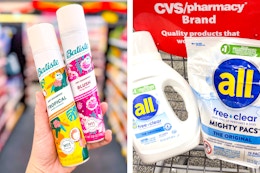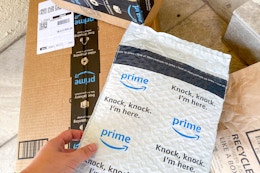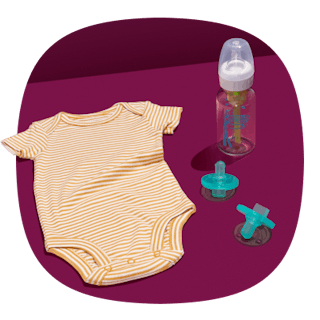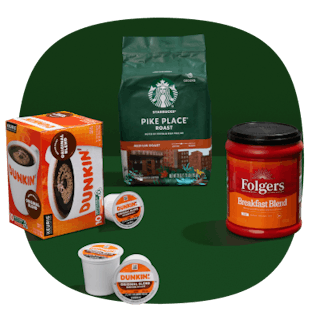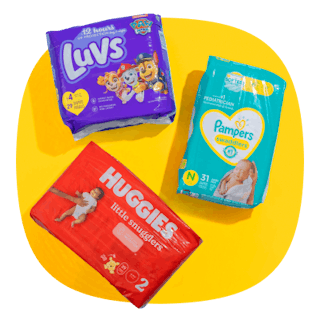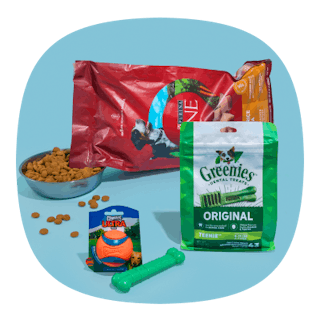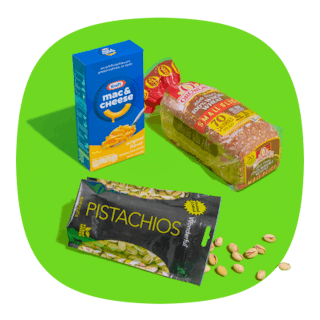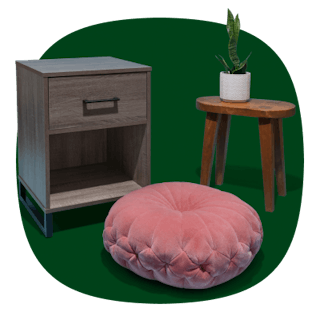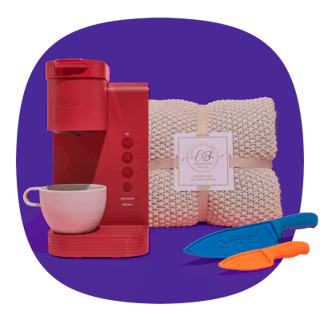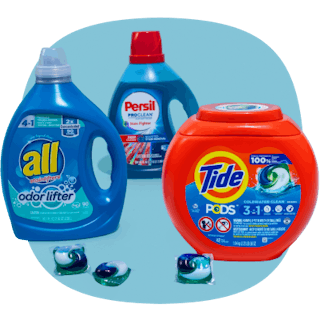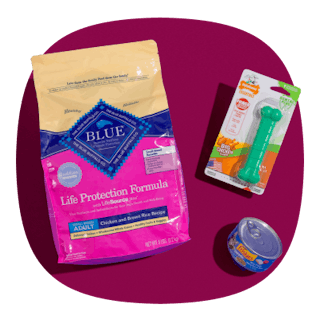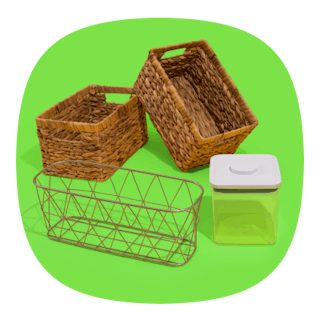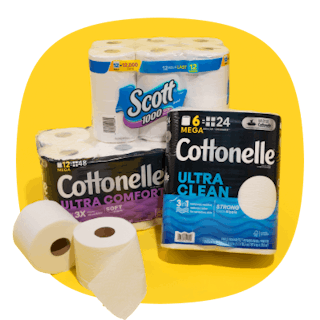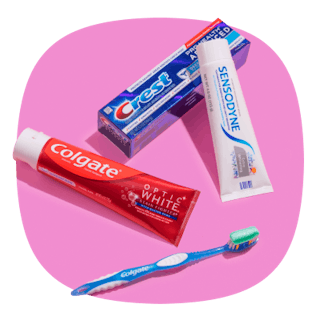Let’s be real, times are hard. It seems like wages stay the same while our grocery bills are skyrocketing. I mean seriously, have you seen the price of eggs lately? It’s bonkers. And don’t even get me started on the cost of milk .
In times like these, we need to be creative with how we use our food. Luckily, there are tried-and-true tips and tricks for stretching your groceries until your next paycheck. From using food scraps to make cheap meals that go a long way to hacks for subbing out more expensive ingredients in a recipe, there are ways to save on groceries .
Having made it through many years on a tight budget, I’ve had time to figure out the most efficient ways to use ingredients. And I’ve gotten the formula for cheap meals that go a long way down to a science. So while the struggle is real, I’ve got you.
Text DEALS to 57299 and be the first to know about the hottest deals each day.
My Favorite Cheap Meals That Go a Long Way

1. Picadillo
There are a lot of ways to make this recipe, but this is more or less the recipe I was raised on. It keeps well in the fridge and reheats nicely. I love that this dish is filling, calorically dense, and cheap. It’s also one of the easiest cheap meals that go a long way. Based on the prices at my grocery store, it costs $6.78 (not including spices). If you don’t have a ton of seasonings at home, you can add on a taco seasoning packet for $0.50 more. This recipe fed a family of five when I was growing up, but that varies based on your family’s appetite.
Ingredients:
-
1 lb ground beef ($4.08)
-
1/2 diced onion ($0.42)
-
1 can of crushed tomatoes ($0.84)
-
1 to 2 diced potatoes ($1.44)
Directions:
-
Brown the beef with the onions and seasonings of your choice. I usually do a mixture of salt, pepper, cumin, garlic, oregano, cilantro, and paprika. However, use whatever you have at home since seasonings can get pricey. I don’t drain the beef fat because those extra calories are really important if you’re food insecure, but you do you.
-
Add the diced potatoes and the cup of tomatoes. Mix a slurry of flour and water inside the empty tomato can. You want to get all the goodness off the side of the can. I use about 1/8 cup of flour to one can of water usually, but I’m big on measuring with your heart.
-
Cover and simmer until the potatoes are soft. Serve with tortillas or chips, or eat it like a stew. Enjoy!
2. Chicken and Rice
This is another staple that I was raised on. (My grandma lived through the Great Depression in Mexico, so we ate this all the time growing up.) Like picadillo, it’s another one-pot recipe, so it’s both easy to make and delicious. The recipe costs about $8.16, but it lasts a while and feeds a family of at least five.
Ingredients:
-
1 lb chicken ($5.60)
-
1 1/2 to 2 cups rice ($0.70)
-
1 can corn ($0.60)
-
1 can of crushed tomatoes ($0.84)
-
1/2 diced onion ($0.42)
Directions:
-
Fully cook the chicken in a large pot. You’ll want to add some salt and pepper and your preferred seasoning. You can use the same spice combination as the picadillo, a $0.50 packet of taco seasoning, or whatever sparks joy. As always, I don’t drain the oil or the fat.
-
Add in your vegetables and canned ingredients. I drain the corn because the liquid will come from the tomato can. Add the whole can of tomatoes, then use that same can to measure out the water. Like before, you’ll want to mix it well so you get the tomato off the side of the can. Bring to a boil.
-
Once it’s boiling, add your rice. I don’t rinse my rice because I use the vitamin-enriched kind, but it’s up to you. Cook it like you would regular rice.
-
Fluff with a fork and serve. My grandma usually paired this dish with beans and tortillas.
3. Spaghetti and Meatballs
For cheap meals that go a long way, this one’s a tried-and-true classic. This was a staple meal of mine throughout college because it’s got tons of carbs, protein, and a bit of veggie in the sauce. Plus, it’s so easy to make. Altogether it costs $6.58 and easily feeds a family of five.
Ingredients:
-
A bag of spaghetti ($1.01)
-
1 lb ground beef ($4.08)
-
Bread crusts
-
1 can tomato, garlic, and onion pasta sauce ($1.49)
Directions:
-
Boil the pasta in some salted water. Keep a bit of the pasta water, about a 1/2 cup, for the sauce.
-
Make meatballs out of the chopped breadcrumbs, the beef, and whatever seasonings you like. I usually opt for salt, pepper, and basil since the sauce brings a lot of flavor anyway, but use what you have.
-
Fry the meatballs in a pan without oil. It sounds weird, but the beef will fry in its own fat easily enough. I don’t drain the fat, just mix it in with the sauce, but that’s up to you.
-
Combine the sauce, meatballs, and pasta in the pan. Take the reserved pasta water and pour it into the sauce jar. Give it a good shake so you’re getting every last drop of the sauce, then pour it all into the main pan.
-
Stir well and enjoy!
Related: How Do Food Expiration Dates Work, Anyway?
Money-Saving Ways to Stretch Food

1. Bread Crusts Go Well in Ground Meat
If you have kids, you know they can be very opinionated about bread crusts. And personally, I don’t know anyone who likes the bread ends. My favorite way to make good use of crusts and bread ends is in ground meat. Just finely chop the crusts, toss them in the meat, and mix thoroughly before cooking. This works best in fattier meats like beef so they soak up all the juice and flavor.
But the purpose of this hack is twofold: not only does it make use of bread scraps, but it also makes meat last longer. It’s no secret meat is expensive. But if you can do a one-part bread to four-parts meat ratio, you can spread out that ingredient across more meals. I love this hack because you still get the flavor of beef and some good calories with the bread.
2. Rinse Milk Containers Out With Water, Then Use the Water in Recipes
The struggle is real when you’re running on empty in the dairy department but you don’t get paid for another few days. In situations like that, I would wait until the milk had about a quarter container left, then I’d add a little water and give it a good shake. This gets all the milk residue off the sides of the carton and adds back a little flavor.
This isn’t the most flavorful for straight-up drinking, but it works like a charm in recipes and your morning cup of coffee. I prefer to use this trick with bread or soup recipes. And coffee is water-based anyway, so what’s a little more water?
3. Use Slurries Instead of Cream When Cooking
Cream is great for thickening up soups and sauces, but it’s also not cheap. At my local grocery store, heavy cream costs $3.07 for a 16-ounce container. Online at Walmart, it costs $7 for a quart.
Instead, opt for a slurry to get the same thickening effect using water and household ingredients. A slurry is basically just a little bit of flour or cornstarch mixed thoroughly into water. I use about half a tablespoon of flour to one cup of water, but that’s because I like my recipes thick . I prefer flour for meat recipes like picadillo and cornstarch for vegetable meals like a stir-fry, but use what you have.
At my store, cornstarch is $1.08 for a pound. And it goes without saying that a pound of nonperishable dried goods lasts longer and can be used in more meals than a perishable container of cream.
4. Substitute Applesauce for Eggs When Baking
Eggs are another household essential that are just too dang expensive these days. You’ll want to sub them out in your baking. The rule of thumb is 1/4 cup of applesauce can replace one large egg in most recipes. At my local store, the cheapest eggs are $3.59 for a dozen, whereas applesauce is $2.62 for 24 ounces. And applesauce is shelf stable until opened, so it lasts much longer. Here are the best egg substitutes.
Download the KCL app to add and redeem coupons in store
